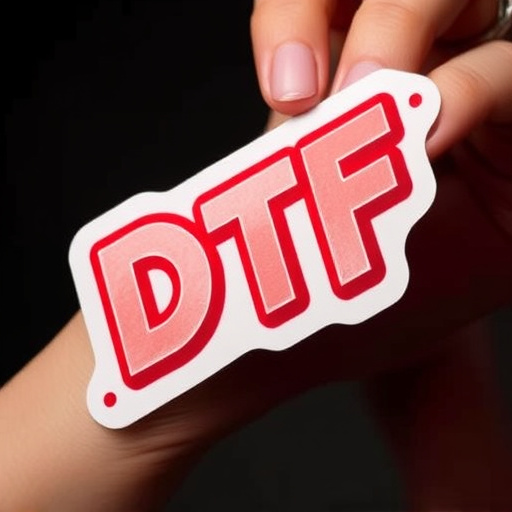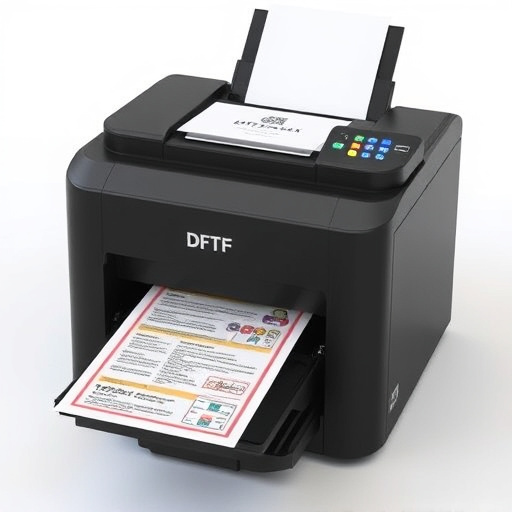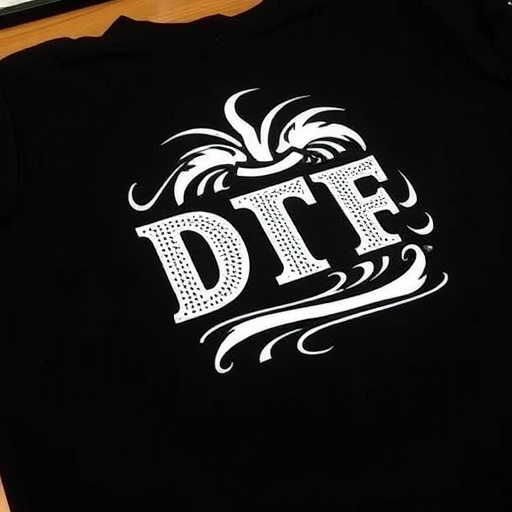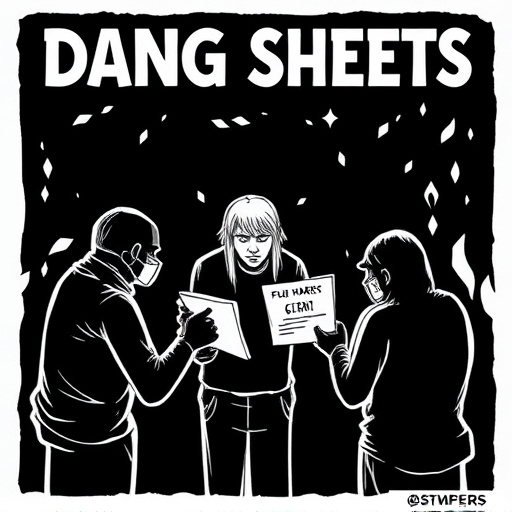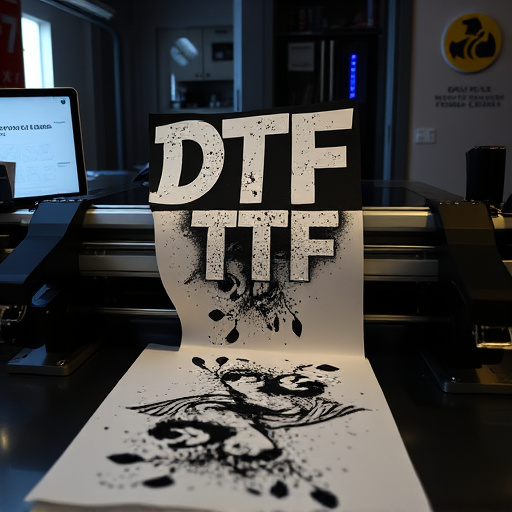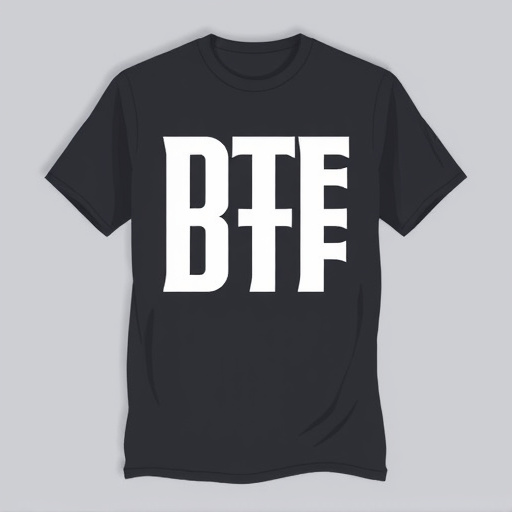A DTF Transfer Film Roll is crucial for precise, vibrant color transfers to delicate light fabrics using direct-to-fabric printing. Proper loading and handling techniques ensure alignment, sharp details, and accurate colors. Before loading, inspect the roll, prepare your workspace, store it safely, and familiarize yourself with printer safety and chemical disposal guidelines. Load the film carefully by organizing tools, unwrapping the film, aligning it correctly in the printer, and adjusting tension settings to prevent damage or misalignment.
Unleash the potential of your printer with the power of DTF (Direct to Film) transfer technology! This article guides you through the process of correctly loading a DTF transfer film roll, ensuring optimal printing results. From understanding the basics of DTF rolls to preparing your workspace and implementing safety measures, we cover it all. Then, follow our step-by-step instructions for a seamless loading experience. Master this technique and elevate your printing game with precise and vibrant transfers.
- Understanding DTF Transfer Film Roll Basics
- Preparation and Safety Measures
- Step-by-Step Loading Process
Understanding DTF Transfer Film Roll Basics
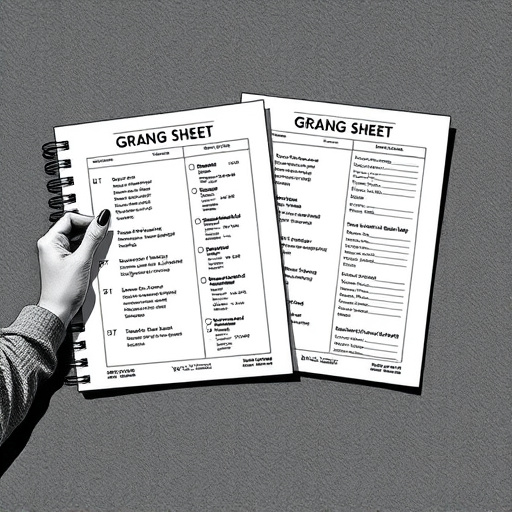
A DTF Transfer Film Roll is a crucial component in the direct-to-fabric (DTF) printing process, allowing for precise and vibrant color transfer to various materials, especially light fabrics. This film roll acts as a bridge between your design and the fabric, ensuring high-quality results. Understanding its basics is essential for anyone looking to master DTF printing techniques.
When it comes to loading a DTF transfer film roll into a printer, knowing the proper placement and handling procedures is key. The film roll must be fed correctly to maintain alignment during the printing process, resulting in sharp details and accurate color reproduction, especially when creating custom dtf transfers. DTF printing for light fabrics requires specific considerations due to their delicate nature, but with the right techniques, you can achieve outstanding prints that bring your designs to life.
Preparation and Safety Measures

Before loading a DTF Transfer Film Roll into your printer, proper preparation and safety measures must be taken to ensure optimal results and prevent any accidents. Always start by examining the film roll for any signs of damage or tears, as even the slightest imperfection can affect the printing quality. Ensure that your work area is well-lit and organized, with all necessary tools readily available. This includes a clean, flat surface to lay out the materials and safety gear such as gloves to protect your hands from any potentially harmful chemicals.
When handling the DTF Transfer Film Roll, be cautious not to expose it to direct sunlight or extreme temperatures, as this can cause the film to become brittle. Keep the roll stored in a cool, dry place until you’re ready to use it. Additionally, familiarize yourself with your printer’s safety features and instructions. Follow all guidelines regarding the proper handling and disposal of any ink or chemicals used in the printing process for custom t shirts or direct to film personalized hoodies via DTF for Apparel techniques.
Step-by-Step Loading Process

Loading a DTF (Direct to Fabric) transfer film roll into your printer is a straightforward process when followed correctly. Start by ensuring your work area is clean and organized, with all necessary tools readily available, including the DTF transfer film roll, paper cutters, and any protective gloves or glasses for safety. Unwrap the film roll carefully, taking note of the side marked “Print Side Up,” which will be facing the printer.
Next, align the film perfectly with your printer’s feed slot, ensuring the print side is aligned correctly. Gently insert the film into the slot, guiding it smoothly until it’s fully fed through. Adjust any tension settings on the printer if needed to prevent wrinkling or misalignment of the transfer film. With practice, loading a DTF transfer film roll becomes second nature, allowing you to seamlessly prepare for your next dtf printing for hoodies with the best dtf printer.
Loading a DTF Transfer Film Roll into your printer correctly is a straightforward process that ensures precise, high-quality prints. By understanding the basic components and following safety measures, you can efficiently navigate the loading process. Remember to prep your workspace, gather the necessary tools, and adhere to safety guidelines before beginning. With these steps as your guide, you’ll be printing DTF transfers with ease and remarkable accuracy in no time.



